NASA Reveals Its Three Artemis 2024 Moon Lander Firms
NASA's three picks for human landing systems for the Artemis program have been confirmed, a shortlist for the system which will land US astronauts on the Moon by 2024. The candidate systems each have ten months to demonstrate they're worthy for the next round of the process. Conspicuously absent from the final three, however, is Boeing.
Instead, it's SpaceX, Blue Origin, and Dynetics which have been selected by NASA. They'll share just short of a billion dollars for this next phase, with the US space agency relying on private enterprise to do what, fifty years ago, NASA itself undertook to put astronauts on the Moon for the first time.
SpaceX Starship
SpaceX's plan for the lander is the Starship. It'll use the company's Raptor engines and build on the Dragon Crew Capsule technology, which NASA plans to use for a trip to the International Space Station later in the year. For the lunar mission, SpaceX will use the Super Heavy rocket booster for launch from Earth.
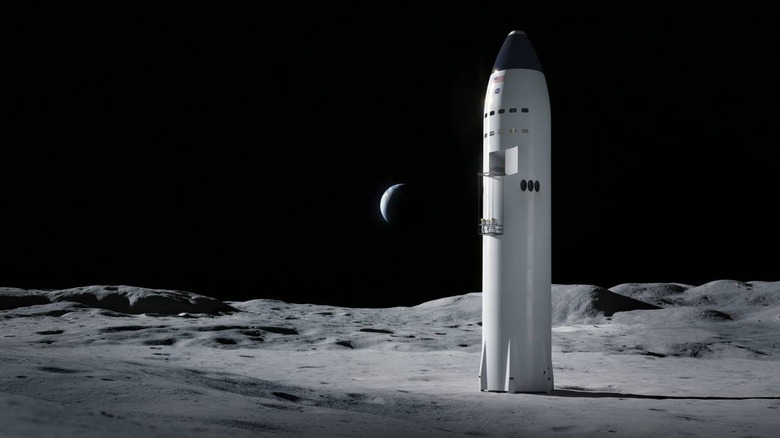
In fact, there'll be several different Starships, configured for different tasks. A propellant Starship, for example, will act as a low-Earth orbit refueling station, with its tanks of fuel topped up by a tanker Starship. Then there'll be another that's rated for human occupancy, which will launch to the storage unit, refuel, and then continue on to achieve orbit around the Moon.
Starship is also capable of transporting crew to the Moon's surface, as well as docking with the Orion spacecraft and with the Gateway outpost that NASA intends to construct. The latter will act as a staging point in lunar orbit.
Blue Origin Integrated Lander Vehicle
Blue Origin's system is developed with Lockheed Martin, Northrop Grumman, and Draper, with an Integrated Lander Vehicle (ILV) building on technologies from all four companies. A three-stage lander, it'll consist of multiple different sections. NASA's Space Launch System will be capable of launching the ILV as a whole, or it could be launched piecemeal on commercial rockets like the New Glenn Rocket System and ULA Vulcan and assembled later.
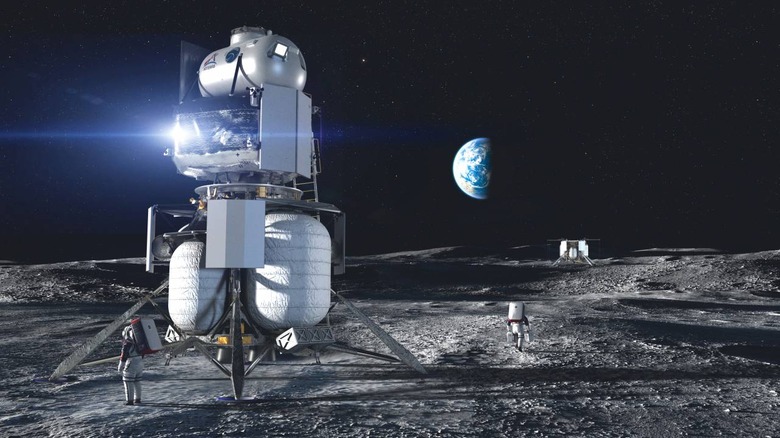
Blue Origin will be building the descent element, with BE-7 cryogenic engines, that will take the ILV to the Moon's surface. Lockheed, meanwhile, builds the ascent element, including the crew cabin. Northrop Grumman will adapt its Cygnus cargo module, used for ISS supply missions, for a transfer element; it'll also be responsible for a future refueling system for the lander.
Finally, Draper is contributing the guidance, navigation and control, avionics, and software systems. While it may not be as recognizable a name as the others, it does have a long history of working with NASA on similar systems already.
Dynetics Human Landing System
Dynetics, a Leidos company, has developed the Dynetics Human Landing System (DHLS). It's a single structure designed to launch on the ULA Vulcan, but built using contributions from in excess of 25 subcontractors.
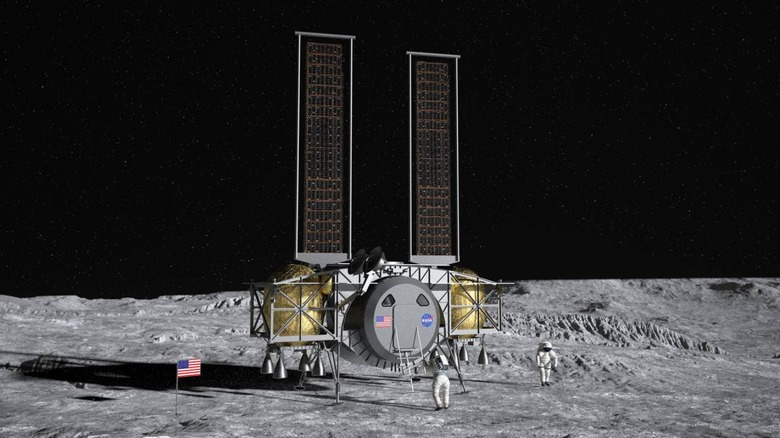
The DHLS will use modular propellant vehicles, which have been prepositioned to suit its needs at different stages in the mission. It'll be able to dock with both Orion and Gateway, and is designed to be refueled before it descends to the lunar surface. The crew cabin is positioned low, so that it's easier to exit and enter complete with samples, tools, and other equipment.
MIA: Boeing's HLS
Conspicuous by its absence in this shortlist is Boeing. The company bid for the HLS project, proposing an upgrade to the existing Space Launch System (SLS) rocket. Work on that is already underway.
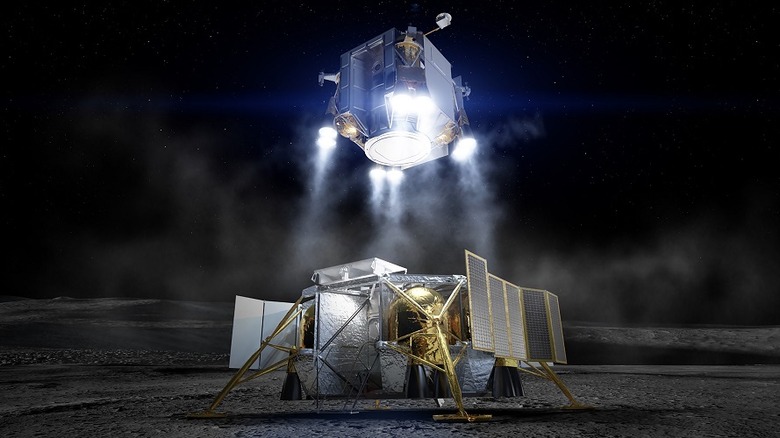
Boeing's approach had been for a "fewest steps to the Moon" concept, with the HLS being able to dock with Gateway or Orion. It wouldn't have required a transfer stage.
While NASA has not given any reasons for its decision not to go with Boeing's idea, recent issues with the CST-100 Starliner spacecraft it is building for the space agency are a likely explanation. After an "anomaly" in a December 2019 test of the craft, a NASA investigation cited several concerns with how Boeing's software quality controls failed to identify problems beforehand.
Next up: 10 months to prove their worth
Just because the three companies have reached this point, doesn't mean they're all going to the Moon. Each must now refine their concepts for the lander, with the contract base period ending in February 2021. During that period, NASA will be evaluating which will go on to perform initial demonstration missions.
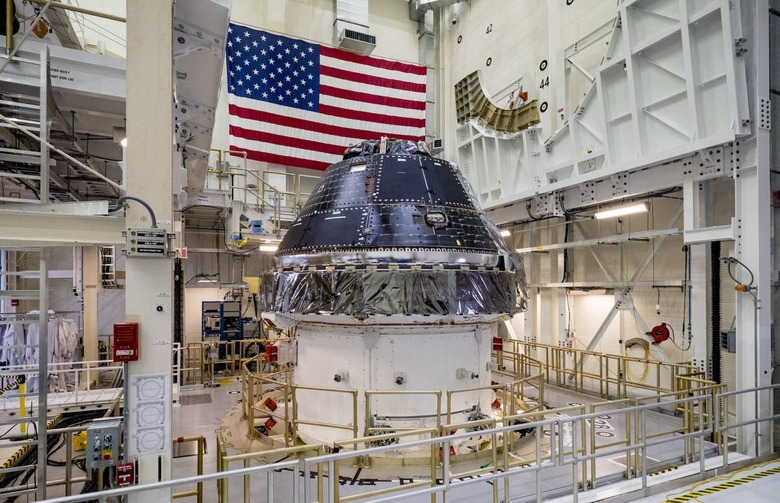
"NASA will later select firms for development and maturation of sustainable lander systems followed by sustainable demonstration missions," the space agency explained. "NASA intends to procure transportation to the lunar surface as commercial space transportation services after these demonstrations are complete."
While the 2024 trip to the Moon – which will see the first female astronaut step foot on the lunar surface – is a huge milestone, it's only one part of Artemis. The mission aims to go further afield, including a crewed trip to Mars, building on the technology developed now and using resources gathered from the Moon itself.
